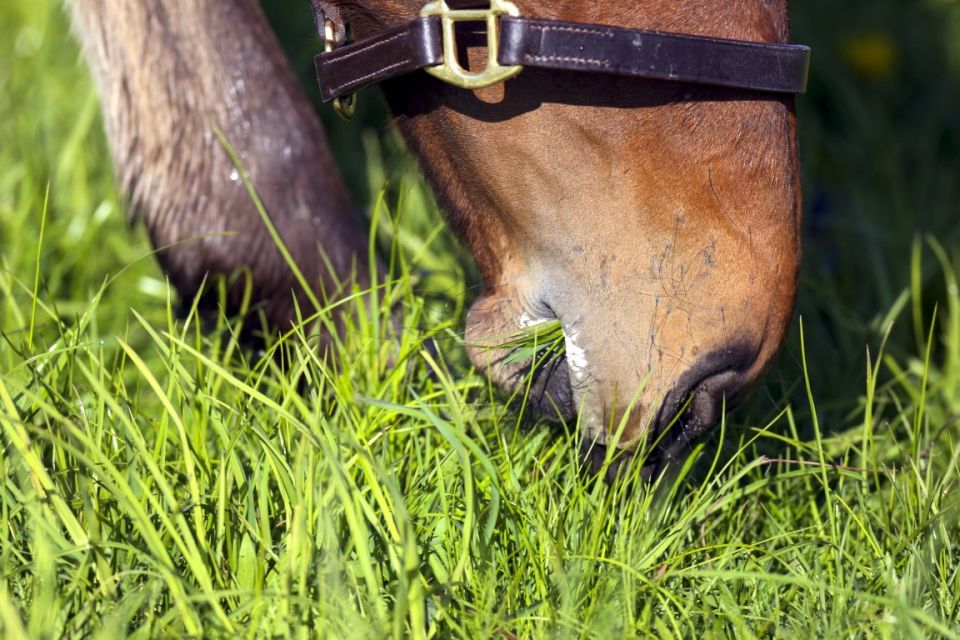23 June '20
The ideal meadow
/
Breeding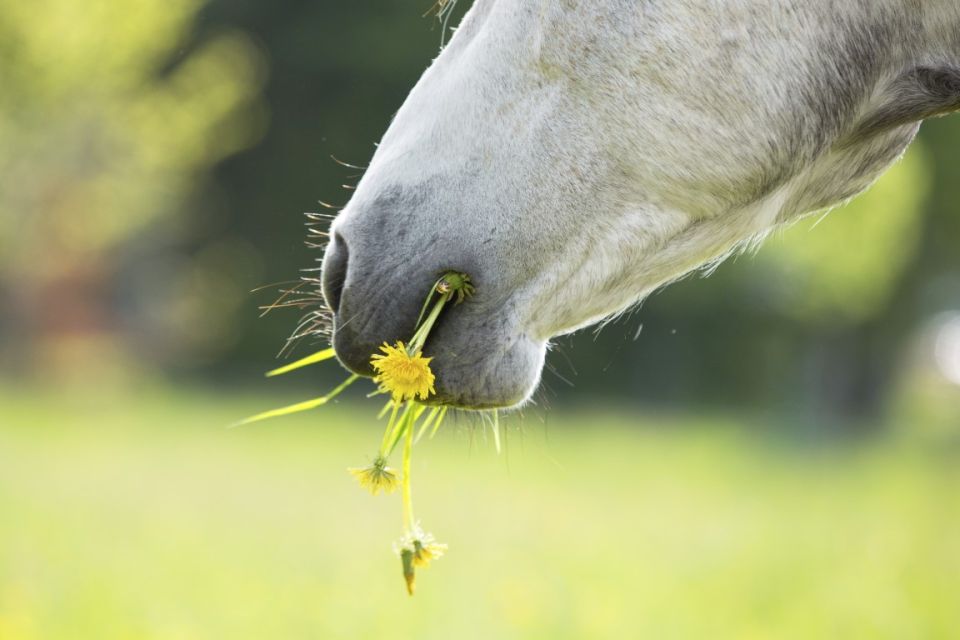
Zangersheide
It is of paramount importance that young horses exercise a lot and eat a balanced diet. They do this on the meadow, their natural habitat. But what does the ideal pasture look like? We put the question to Marcel Vossen (74) from Pajottenland, a bio engineer who devoted his life to pastures. Vossen is a former director of the Agency for Nature & Forests and as an engineer previously carried out numerous tests with grass types along public roads, large grass surfaces, parks and beds. He also applied that knowledge in his own pastures. Marcel is also a breeder of Brabant draft horses and warmblood horses.
A cow pasture is poison for young horses
Marcel Vossen immediately makes a clear distinction between a pasture for cows and horses: 'Cow pastures fall under intensive livestock farming, those pastures are treated with slurry and therefore contain a lot of nitrogen and phosphorus, which is detrimental to young horses. I even call it poison. There are too many proteins and sugars in that soil. If you allow horses to graze such pastures, they become too heavy in relation to their young bones and we all know the problems that this entails in their growth process. This is a different story for cows, because they convert the absorbed energy directly into milk production. Cow pastures are intensively fertilized for that reason, but don't do that if you let horses graze on them. I am against slurry. That is really not good for horse pastures. You can do that every three years, if you then first hay before horses graze on it. As soon as hay is made, most things are gone from the liquid manure. And in secondary grazing that is less of a problem. I am in favor of balanced fertilization. In concrete terms, you should strive for a good ratio between the elements N-P-K: nitrogen, phosphate and potassium. That's the basics. It is also interesting to fertilize with lime cyanamide every two or three years, because then a number of herbs are found in the spring, as well as the worms that come out of the manure. The worms are killed by the calcium cyanamide. Make sure that you do not fertilize too heavily, maximum 400 to 500 kg/hectare. Calcium cyanamide also contains nitrogen, but in a good ratio for grass growth.'
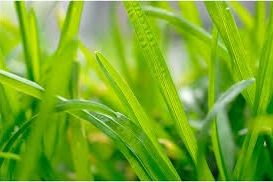
Measuring is knowing
If you aim for a good horse pasture, everything starts with a soil analysis. To measure is to know, says the engineer: 'a soil analysis costs no money and is the basis of everything. Elements present such as phosphate, potassium, magnesium, iron and so on must combine and for this their ratio must be correct. I'll spare you the technical explanation and correct values. This is indicated by a soil analysis. You can manage your pasture on the basis of this data. The PH value or acidity is the basis. And lime, for example, has the property of making the soil less acidic. Through a soil analysis you can adjust and possibly add. This way you achieve a perfect ratio between nitrogen, phosphate and potassium. Trace elements such as magnesium and iron must also be present. Horses absorb these nutrients through the grass and the grass extracts them from the soil.
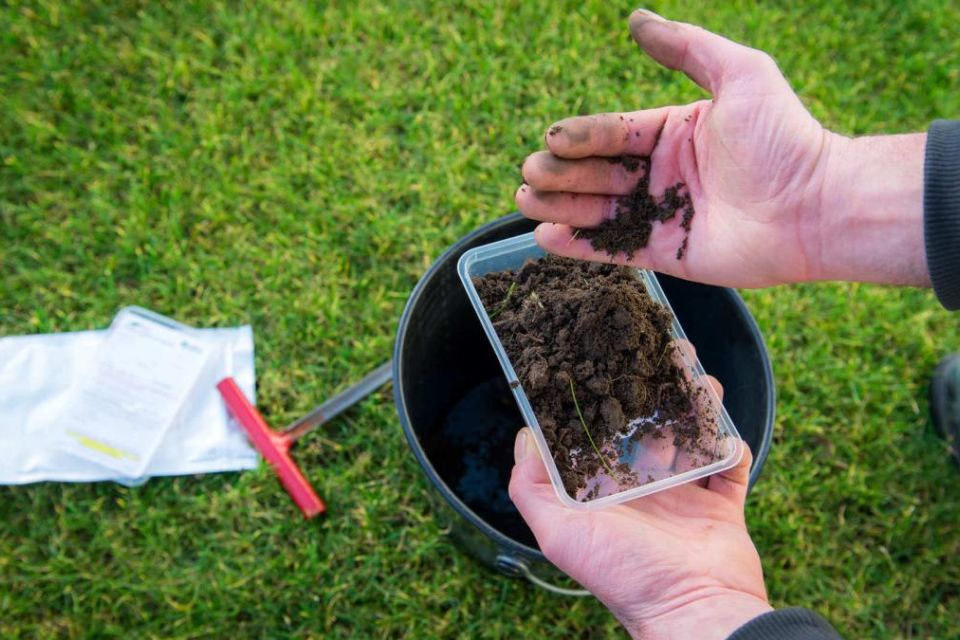
In an ideal meadow little nitrogen is used. And if you use it, use it in your hay field. In post-grazing, the nitrogen is largely gone. And let only a few herbs grow in the meadow so that you have those trace elements with you. And make sure your pasture doesn't get too acidic. A PH value between 6.5 and 7 is ideal. You do the fertilization in the spring, depending on the temperature, which means from 6°. If the temperature is too low, your grass will not grow and will therefore not absorb fertilizers.'
On loamy soil, Vossen believes that a soil analysis every ten years is sufficient. If your pasture is more likely to be on sandy soil, he recommends a check every five years.
Vossen keeps repeating it, measuring is knowing, after all you can't see it, he posits. Although, we note that his connoisseur's eye can assess a meadow well. Vossen smiles: 'Of course you learn through experience to look at grasslands and you can see how the soil is composed by the presence of various types of plants. When I drive past pastures, I can see which products have been sprayed. You can also see over-fertilization and some shortages with the naked eye. For example, dandelions may be present in a horse pasture, but too many dandelions indicate overgrazing. The grass disappears and the dandelion takes its place. We call these pioneer plants. If you see an extreme amount of buttercups, you can be sure that your pasture is too acidic. Then do a soil analysis. White clover develops on poor soil. Dandelion, buttercup, white clover, daisies, it may all be present in your meadow, they are excellent herbal mixtures. However, none of those plants should dominate. It is no different from humans, strive for a varied balance in your diet. Sometimes you hear that no weeds are allowed in a meadow. The opposite is true. There are many herbal mixtures that contain trace elements with beneficial effects.'
Thistles
"A few thistles won't hurt, but preferably remove them. Do not let them bloom because then they will dominate and that is disastrous for your meadow. Those white fluff that you see everywhere now is thistle seed and it flies for miles with the wind. If you have a lot of thistles and nettles in your pasture, there is no opportunity for grass to grow.

A horse pasture is a herb pasture
The ingredients for a balanced buffet are found in the soil, which varies from region to region. There are regions with sandy soil and loamy soil, which have their own specific characteristics and composition. ‘You have to strive for the perfect soil, but you cannot get out what is too much in the soil. Phosphates, for example, remain in a soil for years. If you have a meadow in which slurry has been processed for years due to intensive agriculture, you are guaranteed to have too high a phosphate content in your soil and you have a real problem. That remains for decades. As a result, your balance is disturbed. Compare it to a person who eats chips every day, who will eventually also develop shortages. Young horses usually spend their first years of life on a pasture and then it is necessary for their development and bone structure that they eat a varied diet. That means that in that meadow you will find clover, dandelions, in short, a great biodiversity with dozens of different herbs. Each plant has its properties and nutrients. A horse pasture is a herb pasture, a mixed grass stock. But always in the right proportion.”
Can you recommend specific types of grass for horses? ‘There are indeed types of grass on the market for sowing horse pastures. If you sow, you should certainly not do so with a grass mixture for a cow pasture. Take grasses such as old perennial ryegrass, smooth-beam grass, sprouting fescue. These are grasses that spread short on the soil because horses mill the grass. Cows mow the grass with their tongues. Horses bite with their teeth, down to a millimeter. If you then have grass species that are sprouting, the growing points or meristems will be less vulnerable.
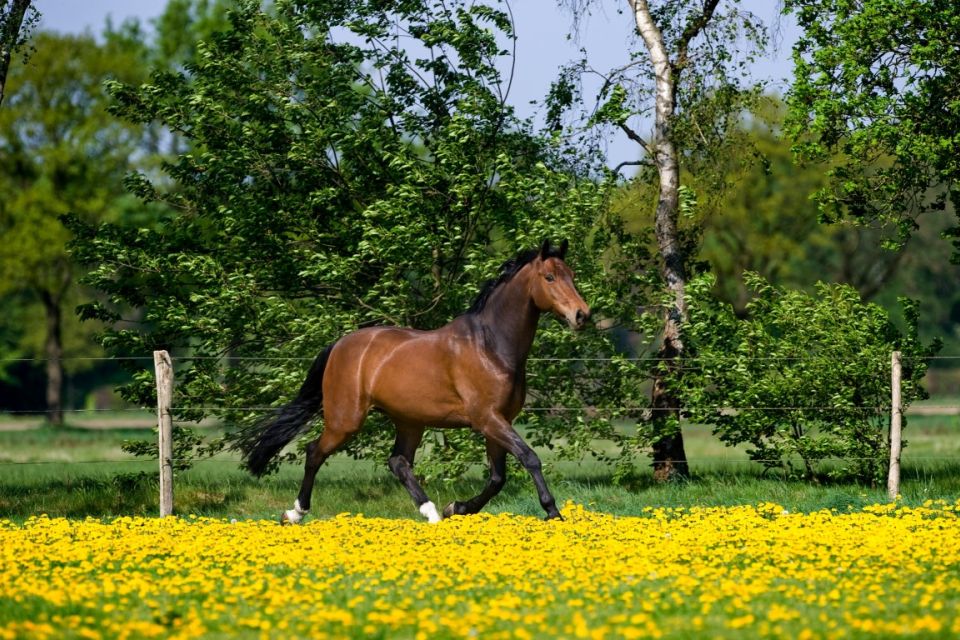
Overgrazing
You always get grass in function of your soil and your management. What you sow is one thing, how you fertilize and how intensely you graze is another. That is why proper fertilization is so important. Another very bad thing is overgrazing. "Now look at the meadows? There is almost no grass left on it. And yet there are still many horses on it. Then the weeds get the upper hand. Too little attention is paid to overgrazing and that causes a lot of damage. Because when horses sit on the growing points of the grass, the grass dies and other plants take their place: tread plants such as the large plantain. People make the same mistake with the lawn in their yard. Just look around, during the summer many lawns are mowed far too short, including the growing points. The grass breaks down and you get mosses in its place, which they then spray against. Let the grass grow, especially in the summer grass must be long enough. Mowing too short is a common mistake. People want to see their lawn in millimeters. You can still do that in the spring, but from June and especially during periods of drought, I advise against mowing short. Let it grow until it is 8 to 10 cm long. Mow at 4 cm and let some daisies and dandelions grow in your lawn. Coming back to our horse pasture, if horses have made your grass brittle, that's the end of your story and they'll have to get off the pasture.”
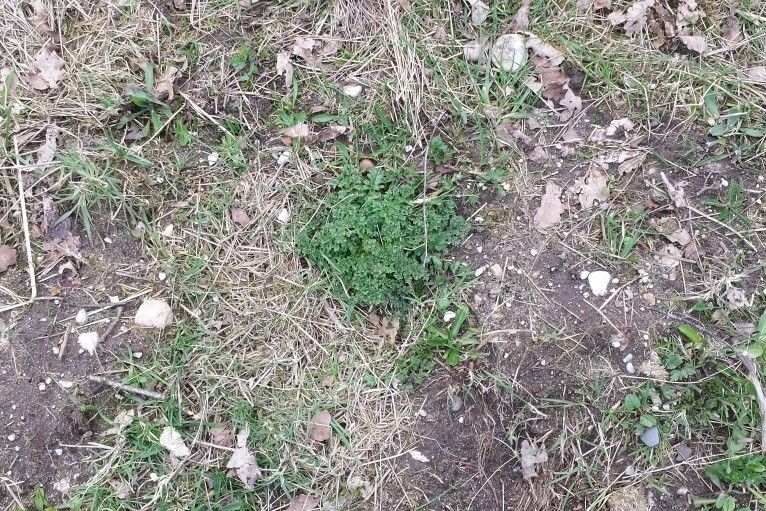
Capacity
What can a meadow handle? How much capacity does it have? Marcel Vossen speaks in normal circumstances on a loam soil of three to four horses per hectare. If they stay from April to November. "If you talk about grazing all year round, you're dealing with one, maximum two horses per hectare."
Is it appropriate to divide your plots? Vossen is not a real proponent: “You can always do that, although it has no added value. Of course, everything depends on the size of your pasture. The premise is that the more your young horses can move, the better. They must be able to act crazy! I prefer one large plot rather than two or three small plots.
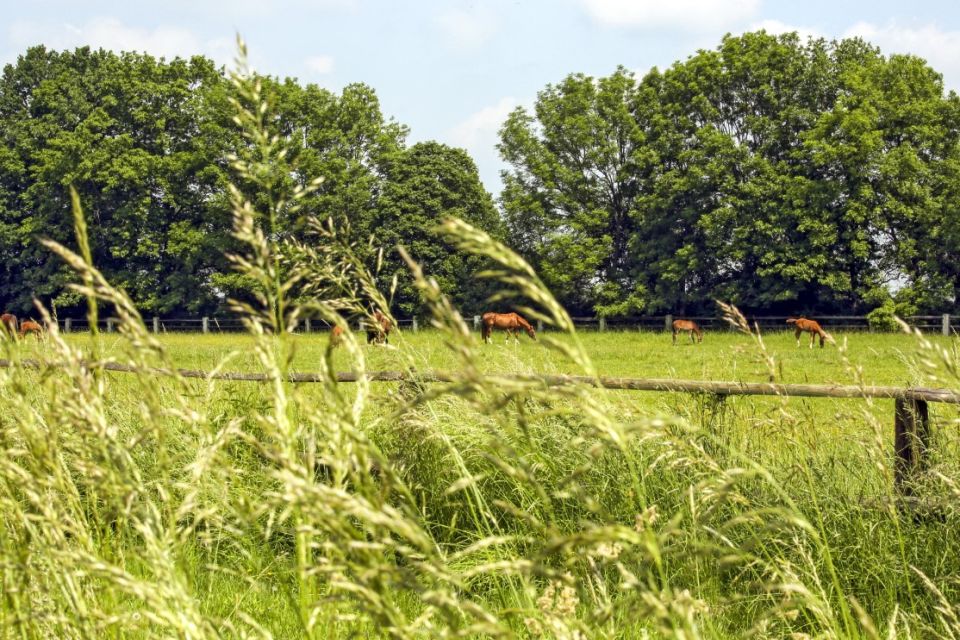
Winter
‘If horses are kept on a small plot in winter, they trample the sod to pieces, only mud remains and afterwards only tread plants remain. Then your pasture is ruined. When it starts to get wet in November, you take your horses off the pasture. Unless you want to sacrifice a small area. Small wet meadows are detrimental.'
Hay management
Pasture is not only used for grazing, it is also used to make hay. ‘with a meadow where you make hay, you have to be patient for your subsequent grazing. Those who have made hay in recent months will no longer be able to graze their horses on the same meadow with the current drought. And we come back to the same thing, if you put horses there anyway, your pasture is done.”
It is also important that you know where your hay comes from when you buy it. Never buy roadside grass hay. That's not allowed, by the way, but you know how people are. Roadside grass contains too much lead from emissions. I am also very critical of the verge decision. Nature people think that's the gospel, I think it's a bad measure of nature. Because a unilateral verge decision has been set up from the sea to Maastricht, while we find a very diverse vegetation across that entire line. For example, the decision says to mow everything at the same time, while taking better account of the varied vegetation. With the Japanese bud herb that spreads very quickly everywhere, there is no way around it. They take all kinds of stupid measures to get rid of it, but it doesn't work. Stop using phytoproducts is the gospel, but that has an effect on the spread of invasive species. The verge management is not checked. Verge management in function of the vegetation is the logic itself. In a sandy region one has a completely different vegetation than, for example, in a loamy region. The verge decision is a general measure and says, among other things, that mowing is not allowed before 15 June. This means that the invasive species are allowed to come into seed neatly and help to spread. St. Jacob's wort was able to develop so abundantly. That is very poisonous and remains in the hay. You can also find this in hay from nature reserves, which are only mowed once. Refuse that hay! Many poisonous plants come from those areas. I know that there was a period when the Netherlands had a shortage of hay. They then used roadside grass and that did not end well.
Always check the pasture carefully before making hay for the presence of harmful plants. They usually bloom in late May. The grass on a horse pasture is preferably allowed to mature well, but then harmful plants can also be in bloom. The yellow flower can be seen from afar and then you have to be extra alert! In principle, one could combat this with certain products, but then one also destroys the good ones. If you notice ragwort in the pasture, remove it immediately. And completely, not just remove the flower.'
Climate
‘We also have to start thinking in terms of the climate, by which I specifically mean that everything starts earlier. That is a sobering conclusion. For the rest, it is pointless to make statements about climate. For the simple reasons that climate change manifests itself over decades. And what does thirty years represent in the history of the earth and the universe? Nothing! On the basis of a few dry summers you cannot say anything meaningful about that. I have been active with the matter for half a century and do not see any significant changes. There is a lot of talk about climate. As a scientist, I especially like exact figures and data. We also had many dry years in the 1970s. There are good vintages and bad vintages. You cannot draw any conclusions from the dry period today. I only made hay early this year with my common sense because the situation arose.”
Spraying
Is watering in times of drought an option? ‘Firstly, it is prohibited during a period of drought, secondly, it makes no sense, because then you would have to do it almost constantly. You should be able to give a minimum of ten liters per square meter and that is impossible. That is one hundred thousand liters per hectare. And you should do that three times a week. And when it's that hot, the majority of the water evaporates. And grass grows with water. Conversely, there are no types of grass that grow without water.
Wrong plants
Good pasture management implies good control of the plants present. Marcel Vossen warns about some dangerous and poisonous plants that you should always avoid.
‘Owners of wetter pastures can be bothered by loosestrife or field horsetail. This plant is quite poisonous. Horses naturally do not eat this, except when there is a shortage of grass, for example. If you see field horsetail in the pasture, mow it out. Horses don't overeat buttercups either. As a rule, they leave them alone, but it is always the same story: horses are sometimes seen walking on meadows where there is almost no grass left, except for remnants of buttercups. Buttercup flowers are especially poisonous. Horses won't suffer much from eating one flower, but if there is nothing on a meadow except buttercups, there is a risk that they will eat too much of it, with an increased risk of poisoning as a result.'
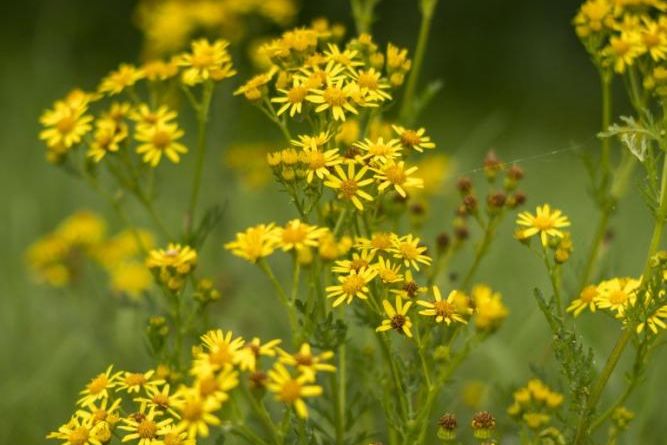
Marcel lists a few more poisonous plants: 'St. John's wort, the poison tree alias 'Taxus baccata'. Also be wary of wild privet. Its flower is very poisonous. Wild privet is sometimes planted in nature reserves, even in land consolidations. Of the white acacia it is especially important to pay attention to the bark. Acacia poles are very good for pasture fencing, but they must be debarked. Horses tend to bite the highly toxic bark. Such a pole is very durable. An acacia pole lasts much longer than an oak pole. Laburnum is also very poisonous, also for humans and certainly for children.'
"And then there's the maple. You have to be very careful with that. That is not new, although it was not known for a long time that maple is a clincher. The maple is very dangerous during two periods of the year: in the autumn, during a storm when a lot of wings come down. The seed is very poisonous. That is a very vulnerable moment. And in the spring, maple is also dangerous. Once it freezes, the toxicity is largely gone. And also as soon as there are more than two petals. The problem also arises on short-eaten meadows in the autumn, because then the maple has every chance to germinate. Hundreds of horses die every year in Europe due to the maple. I can't draw enough attention to it: keep a very close eye on that. Make sure your horses are away when there is a storm in the fall and maple is nearby because the horses take the seeds of the maple with the grass. And watch out in the spring too! An ingestion usually has a fatal outcome. If your horse's urine turns brown, it is already too late. It goes very fast. Death follows after three or four days. Fifteen years ago I also lost a few horses to it. And you shouldn't think that the maple has to grow right next to your meadow to cause damage. Maple growing a hundred feet from your pasture can be just as threatening. Then check your meadow because maple can be moved far by the wind with its wings, especially when we talk about tall trees. In stormy weather, they can blow at least a hundred meters further.'
To tow
Marcel Vossen is in favor of dragging the pasture. Horses always fatten in the same place. To distribute that manure over the meadow, I think dragging is a good measure. One should not exaggerate in this. I have that done once a year, sometimes even every two years. This is preferably done in the spring.'
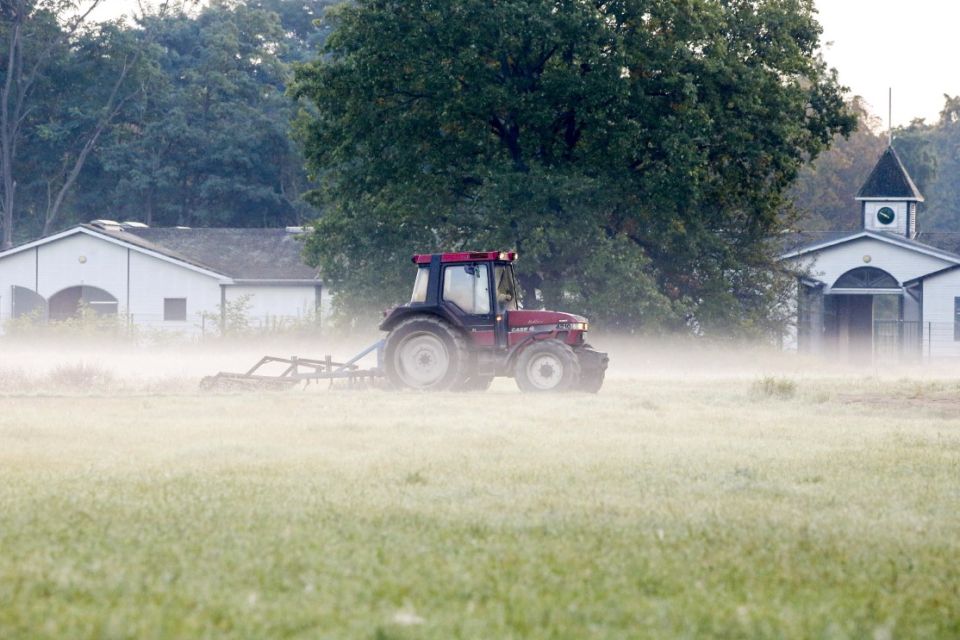
Sowing
Is it advisable to sow a meadow regularly? ‘Because of constant overgrazing, the turf breaks down and, over time, only tread plants are left. At that moment, of course, one is obliged to intervene. If you don't have overcrowding and have a normal turf, I don't see the point in spraying your meadow to death and sowing it again. That is not necessary for me, on the contrary. I'm even against that. If you are sitting on a meadow where all the grass is gone, then you can only sow. This also means that poor management preceded it. This often has to do with an overcrowding of pastures. Too many horses in relation to the available area. You can sow, but during the first year the turf will still be very fragile and horses should not be allowed on it. It is better to make a decision about the number of horses to keep.”
Pasture and mow
Marcel Vossen is in favor of alternating grazing and mowing. 'You have to let everything grow, that's better for deep rooting and for those who regularly manage hay meadows. If you mow everything, the turf is completely restored. If you don't do that, the places where the horses deliver their excrement must be mowed in June or July, otherwise those places will get bigger and bigger. Horses do not graze in these places. Dragging the meadow once is an alternative to mowing. If there is a lot of drought, you must of course ensure that you do not mow your meadow to pieces.'
